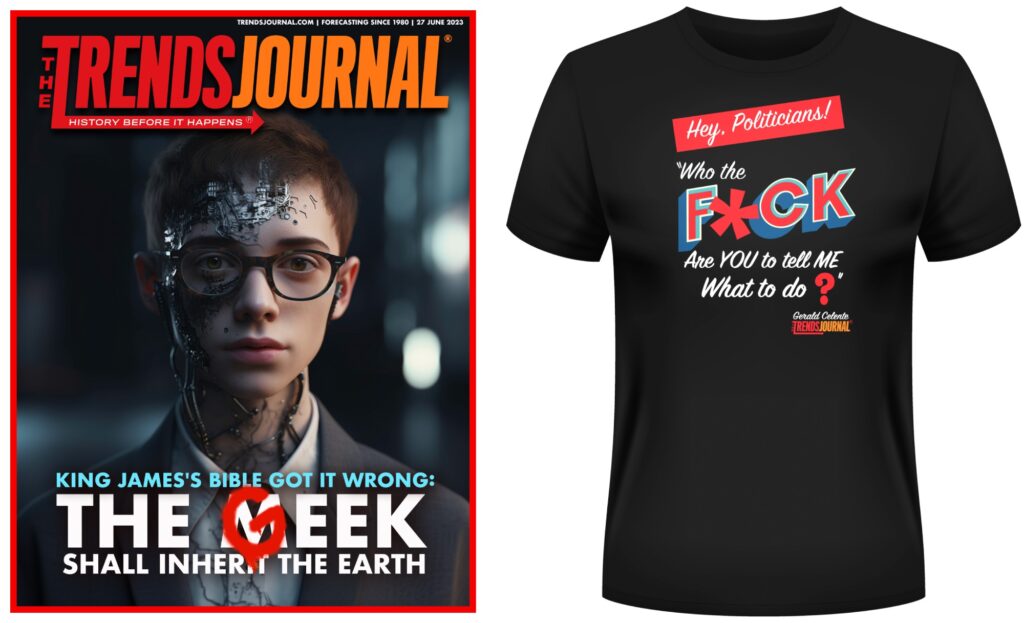From Europe to Australia, North America to Asia, the post-Panic of ‘08 real estate boom has peaked, and its decline will accelerate in 2020 and beyond.
Pumped up by the cheap money binge and record-low interest rates following the Great Recession, now, with wealth concentration not trickling down to the wage-stagnated/deep-in-debt general public who can’t afford a modest home to the overbuilt high-end markets… real estate prices and sales will decline from bottom to top.
Beyond housing, with online sales up some 20 percent from last year, not only will it continue to hit the brick-and-mortar retail sector and worsen the “pall on the malls,” even prime city retail space will continue to lose its luster.
For example, in New York City’s upper Fifth Avenue prime luxury corridor, retail availability rates are at staggering 30 percent, according to Cushman & Wakefield.
Combined with a slowing global economy and political unrest, these worsening socioeconomic conditions are being felt in cities, towns, and villages around the world.
Good and Bad
In the U.S., minus a black swan/wild card event, i.e., a major terror strike, we forecast that zero to negative interest rates by this time next year will buoy housing prices in various parts of the nation in 2020.
There will also be stronger demand for retail, commercial, and residential properties in “Organic Growth Cities,” thus pushing prices higher, as millennials escape overpriced and overpopulated big cities for higher qualities of life.
Cities, towns, and villages outside large metropolitan areas that can attract tourism will also support and/or drive real estate values higher.
Overall, however, real estate in general will continue on a downtrend in 2020, and the trend will dramatically accelerate as the “Greatest Depression” hits in 2021.

 العربية
العربية 简体中文
简体中文 Nederlands
Nederlands English
English Français
Français Deutsch
Deutsch עִבְרִית
עִבְרִית Italiano
Italiano 日本語
日本語 한국어
한국어 Latin
Latin Polski
Polski Português
Português Русский
Русский Español
Español ไทย
ไทย Türkçe
Türkçe Українська
Українська Tiếng Việt
Tiếng Việt

